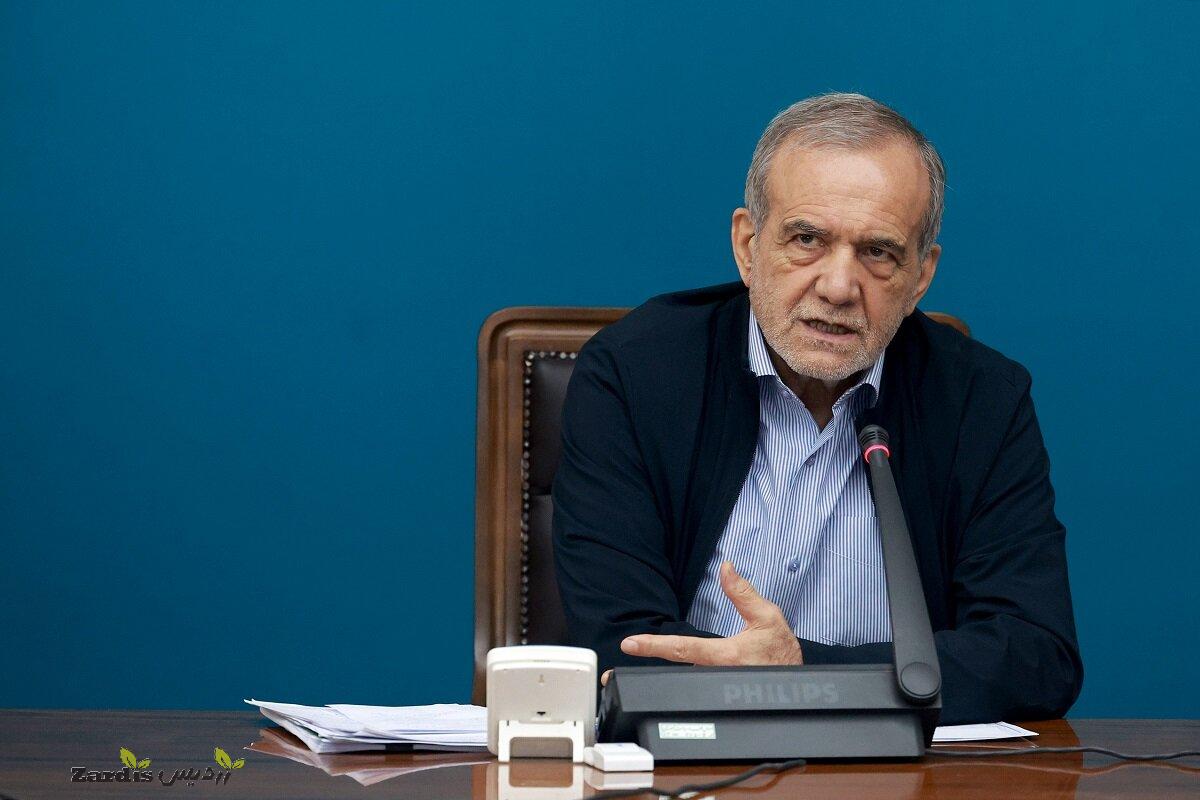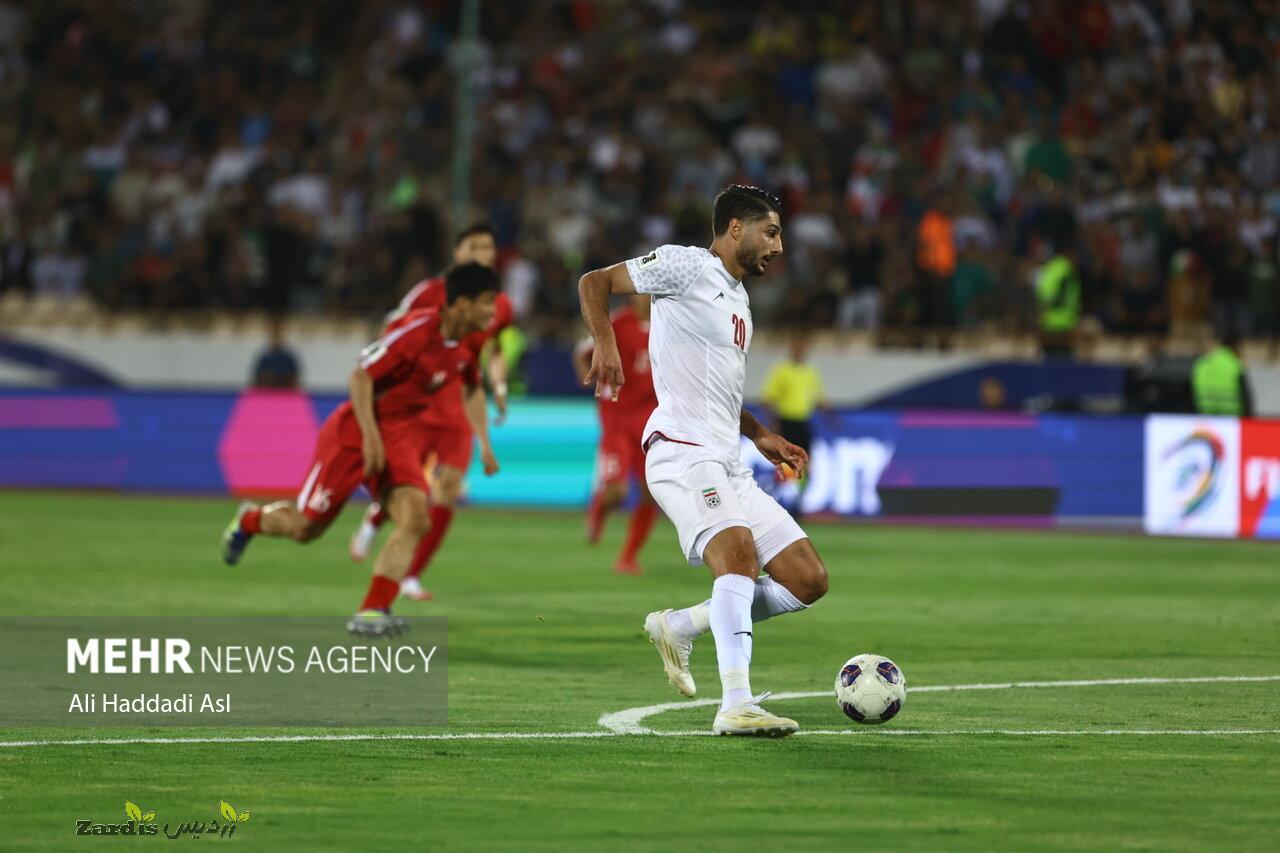“There were no casualties resulting from the attack and the fragments of the ballistic missile fell outside of populated areas,” The UAE’s Ministry of Defense said in a statement, adding, “The UAE air defense forces and the Coalition Command had succeeded in destroying the missile launcher in Yemen after identifying locations of the sites.”
The Monday attack marked the third time the UAE comes under missile attacks from Yemen. Over the last few weeks, the UAE has been in the crosshairs of the Sanaa-based forces for its involvement in the recent fighting in Shabwa and Marib governorates that resulted in a UAE-backed militant group, known as the Giants Brigades, capturing a number of counties in the two Yemeni governorates.
The escalation of military tensions between Abu Dhabi and Sanaa came to the surface in the waning weeks of last year when the UAE brought about a shift in its Yemen war strategy by moving the Brigades from their base in areas along Yemen’s western coasts to Shabwa. The UAE-trained Brigades launched a massive ground offensive against Sanaa forces with aerial support from the Saudi-led coalition. After weeks of heavy fighting, the Brigades retook several districts in Shabwa that were under the control of Sanaa. After Shabwa, they pushed northward into the Harib district of Marib.
Meanwhile, Sanaa forces launched two missile-and-drone attacks at the UAE in a bid to dissuade it from moving ahead with its renewed strategy for the war in Yemen. And they somehow succeeded in bringing the UAE-orchestrated offensive to a halt.
On Friday, the Brigades announced that they had begun withdrawing from a key area of the conflict and repositioning their fighters and equipment after achieving their goals.
“After the great success achieved by the southern Giants Brigades in Operation Southern Storm, it began transferring its brigades to the main headquarters,” the Brigades said in a statement. “The Brigades repositioned its forces in Shabwa governorate after liberating the districts of Bihan and Harib and securing them completely from the Houthi militias.”
The announcement was cautiously received in Sanaa. However, it led to a decrease in fighting.
Then came the visit of Israeli head Isaac Herzog to the UAE, which took place in a tense moment. Leading an Israeli delegation, Herzog arrived in Abu Dhabi on Sunday morning in a visit hailed by Israel as “historic.”
The Israeli head was received at the airport by UAE Foreign Minister Sheikh Abdullah bin Zayed Al Nahyan and then was accorded an official reception at the stately Al Watan Palace. He held a meeting with Abu Dhabi Crown Prince Mohammad bin Zayed Al Nahyan.
Commending Israel on its sympathy with the UAE over the recent Yemeni attacks, Sheikh Mohammad told Herzog, “Your position embodies our common vision towards the necessity of addressing the sources of threats to regional stability and peace, foremost of which are the militia and terrorist forces and the importance of adopting a firm international stance against them.”
The visit was overshadowed by the attacks from Yemen, which were seen by some observers as a double warning to the UAE intended to convey a message that the UAE needs to withdraw from the Yemen war and stop the normalization process with Israel.
So far, the UAE showed no willingness to heed the warning message, a move that, observers say, could lead to a further escalation.
First published in Tehran Times
- News code 43288
- 230 View
- بدون نظر
Zardis news | The latest news of Iran and the world
تمامی حقوق مطالب برای Zardis news محفوظ است و هرگونه کپی برداری بدون ذکر منبع ممنوع می باشد.
طبق ماده 12 فصل سوم قانون جرائم رایانه ای کپی برداری از قالب و محتوا پیگرد قانونی خواهد داشت.
طراحی و اجرا: سامانه سایت ساز زردیس







